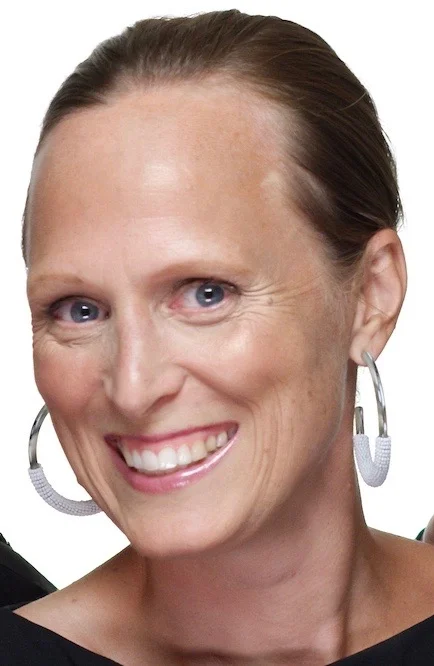The fact that Dominicans of Haitian descent are treated as foreigners in their own country was hinted at before we even arrived on the island. Contemporary Haitian immigrants to the Dominican Republic and prior generations experience racism and economic exploitation on a daily basis. Our Global Health service trip team was mostly white, so this discrimination would not affect me or many of the other students. However, a black girl from New Jersey was warned that if our guagua (bus) was stopped while in transit, she would likely be asked to step out by military personnel in an effort to control immigration from Haiti to the Dominican Republic. Luckily, we avoided this situation, but during my week on the island I observed many occasions of blatant racism that interfered with healthcare access for Haitians.
Each day our team traveled into “bateys” – communities – outside of Monte Cristi to support the local health center and their mission of guaranteeing patients the right to health. In the early 1900s, banana companies established bateys for the Haitians and Dominicans who worked the fields during the day, to provide them with a place to stay overnight. Many banana companies have stopped supporting the bateys, making life extremely difficult for those who live there – fruit pickers have been left without the means to support their families, and the economy suffers.
While I witnessed impoverished living conditions in all of the bateys, the Haitian batey was the most disadvantaged by far. We arrived at 7:00am to the abandoned banana packing plant and quickly transformed the area into a clinic. 30-40 patients were already lined up. Many of them had walked miles. Some of them had no shoes. Others were carrying one child on their back and another in their arms. I quickly gobbled down my granola bar while huddled over; in hindsight, I should have eaten it on the bus beforehand, away from the patients, considering many of them don’t have such easily accessible food.
As a pre-dental student, I had been assigned to spend the morning helping the dentist and her assistant. What struck me most were the Haitian children’s reactions to seeing the dentist, or lack thereof. In the U.S., it is not unexpected for a child to tantrum when propped up in the dentist’s chair. They clench their teeth closed and turn away from the approaching dentist’s hands. They cry for Mom or Dad whenever it’s deemed safe to open their mouth and howl. In contrast, not once at the pop-up clinic did I see a Haitian child fight the dentist. Not once did I hear them scream at the top of their lungs. Instead, often there without a parent, the child would lie on the chair with his or her mouth wide open, totally vulnerable, and not make a move or a sound. The dentist would scan and scrub and scrape, and then the child would sit up, lean over the side, and spit a mouth full of blood and plaque into a cardboard box filled with dirt. There were no stickers to reward their bravery or high fives from Mom or Dad. The kids were sent off with the only toothbrushes we had (boring adult ones instead of the fun, cartoon-themed ones often handed out in the U.S.), and started the long journey home.
I also experienced the impact a language barrier can have. Communication is perhaps the most important element in building a positive doctor-patient relationship. My day in the Haitian batey where everyone spoke Creole reminded me of this. Not being able to greet, instruct, or comfort these patients made me feel helpless. I still remember a middle-aged woman who let out groans so deep I couldn’t help but furrow my brow as I imagined her pain. “¿Qué le duele? / What hurts?” I asked. It was challenging enough to understand the woman’s response as she gritted her teeth and whimpered in agony, but when she answered in Creole instead of Spanish, I was filled with frustration. The language barrier made it difficult for me to clearly listen to or readily comfort her. Fortunately, we had a team of translators helping us. They translated from Creole to Spanish, and then another group translated from Spanish to English. Nonetheless, there was no way for us students or the non-Creole-speaking American doctors to directly communicate with her. I found this to be extremely limiting in assessing complaints and prescribing medicine.
As a pre-dental student majoring in Spanish, I hope to one day be able to combine my passions in order to communicate and empathize with both English and Spanish-speaking patients. My week in the D.R. affirmed the value of incorporating a Spanish language education into my dental career. Had the groaning woman spoken Spanish, I could have reassured her: “You were right to come here. Everything is going to be ok. We are going to help you.”
My week in the Dominican Republic ignited in me a desire to fight for equal access to healthcare worldwide. I will never forget the struggle of those who live in the bateys. Indeed, they will inspire me as I continue on my journey, and I hope to return one day as a practicing dentist. Until then, I plan to serve in my local community, as great disparities also exist in our own backyard.
Rachel is a junior at Washington University in St. Louis, majoring in Spanish and minoring in medical humanities. She aspires to practice dentistry and cultural humility in a medically under served area.









